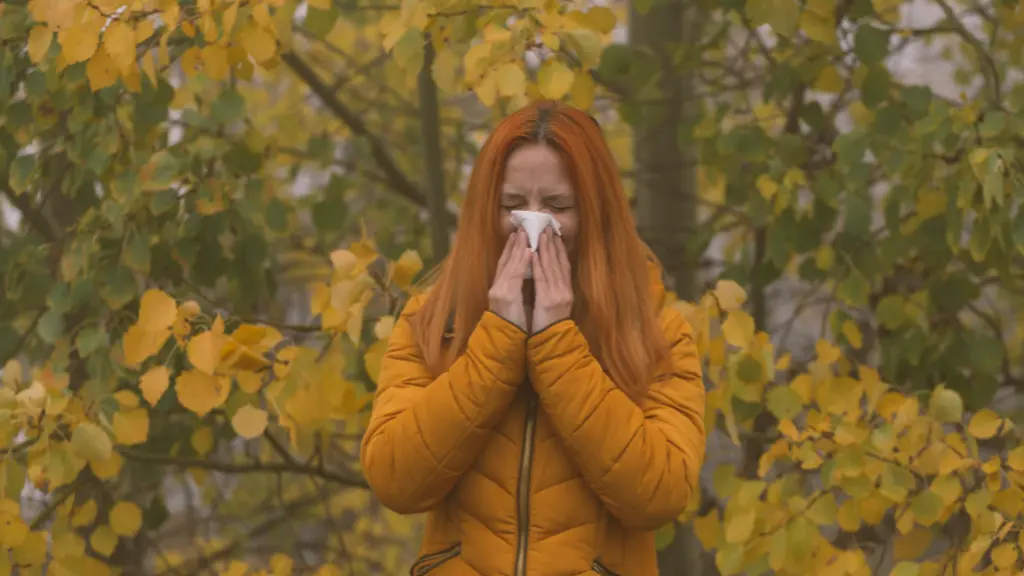At first glance, gratitude and thankfulness may appear interchangeable. Both express positive emotions and appreciation. However, they differ subtly in meaning, practice, and impact. Understanding the distinctions can help deepen your emotional awareness and enrich your relationships.
Here’s a closer look at being grateful versus thankful, and why both are essential for a fulfilling life.
You May Also Like: I Tried Paint Throwing to Reduce Stress—Here’s What Happened
Defining Gratefulness and Thankfulness
What Does It Mean to Be Grateful?
Gratitude stems from a deep sense of appreciation for what you have, independent of external circumstances. It’s often described as a mindset or way of being.
- Inner Reflection: Gratitude reflects an internal acknowledgment of life’s blessings.
- Broader Perspective: It’s not always tied to specific actions or people.
- Long-Term Emotion: Gratitude tends to be more enduring and transformative.
What Does It Mean to Be Thankful?
Thankfulness is often a reaction to kindness or a specific act. It’s more immediate and situational.
- External Acknowledgment: Thankfulness is expressed outwardly toward a person or event.
- Focused on the Present: It’s tied to particular moments or experiences.
- Short-Term Emotion: While meaningful, thankfulness may be fleeting.
Key Differences at a Glance
| Aspect | Gratefulness | Thankfulness |
|---|---|---|
| Focus | Broader life perspective | Specific acts or events |
| Duration | Long-lasting mindset | Momentary response |
| Expression | Often internal | Outward, verbal, or written |
| Emotional Impact | Deep, transformative | Immediate, situational |
Examples in Everyday Life
Feeling Grateful
- Appreciating your health, family, or opportunities.
- Recognizing personal growth after overcoming challenges.
- Being aware of the beauty in nature or simple joys.
Feeling Thankful
- Thanking someone for holding the door open.
- Writing a thank-you note for a thoughtful gift.
- Expressing gratitude after receiving help during a difficult time.
Why Both Are Important
Both gratitude and thankfulness play essential roles in emotional well-being and social relationships.
Benefits of Gratitude
- Enhances Mental Health: Studies show gratitude reduces anxiety and depression.
- Improves Relationships: Feeling grateful fosters empathy and strengthens bonds.
- Boosts Resilience: Gratitude helps you navigate tough times with a positive outlook.
Benefits of Thankfulness
- Encourages Kindness: Expressing thanks motivates others to continue acts of kindness.
- Improves Communication: Verbal or written thankfulness enhances social connections.
- Builds Trust: Acknowledging others’ efforts fosters mutual respect.
Practicing Gratitude and Thankfulness
Cultivating Gratitude
Gratitude requires conscious effort and regular practice. Here’s how to make it a habit:
- Gratitude Journaling: Write down three things you’re grateful for each day.
- Mindful Reflection: Take a few minutes daily to reflect on life’s blessings.
- Share Gratitude: Express appreciation for intangible aspects like love, health, or opportunity.
Practicing Thankfulness
Thankfulness is more situational but equally impactful. Try these tips:
- Say It Out Loud: Don’t hesitate to verbally thank someone in the moment.
- Write Notes: Send thank-you cards for personal gestures or gifts.
- Pay It Forward: Show your appreciation by performing acts of kindness.
How They Work Together
Gratitude and thankfulness often overlap and complement each other. For example:
- When someone helps you, you feel thankful for their kindness.
- Later, reflecting on their help may inspire a deeper sense of gratitude for having supportive people in your life.
Cultivating both creates a cycle of positivity. Thankfulness allows you to express immediate appreciation, while gratitude fosters lasting emotional well-being.
Scientific Insights on Gratitude and Thankfulness
Research supports the profound impact of these emotions on mental and physical health:
- Gratitude Practices: Regular gratitude exercises are linked to improved sleep, reduced stress, and greater happiness.
- Thankfulness in Action: Expressing thanks strengthens interpersonal relationships and boosts social support networks.
Misconceptions About Gratitude and Thankfulness
- They’re Always Positive: Gratitude and thankfulness can arise from tough situations, like finding meaning in challenges.
- They Require Big Moments: Even small acts, like noticing a smile or savoring coffee, can evoke gratitude or thankfulness.
- You Must Feel Grateful/Thankful 24/7: It’s okay to have moments where these emotions feel distant. The key is returning to them intentionally.
Final Thoughts
Gratefulness and thankfulness, though distinct, are equally valuable. Gratefulness is a deeper, ongoing mindset that shapes how you view life. Thankfulness, on the other hand, captures the immediate joy of recognizing kindness. Together, they enrich emotional health and strengthen relationships.
By embracing both, you not only feel better but also inspire positivity in those around you. So, take a moment today to be grateful for life’s blessings and thankful for the people who make it brighter.











[…] You May Also Like: What’s the Difference Between Being Grateful and Thankful? […]